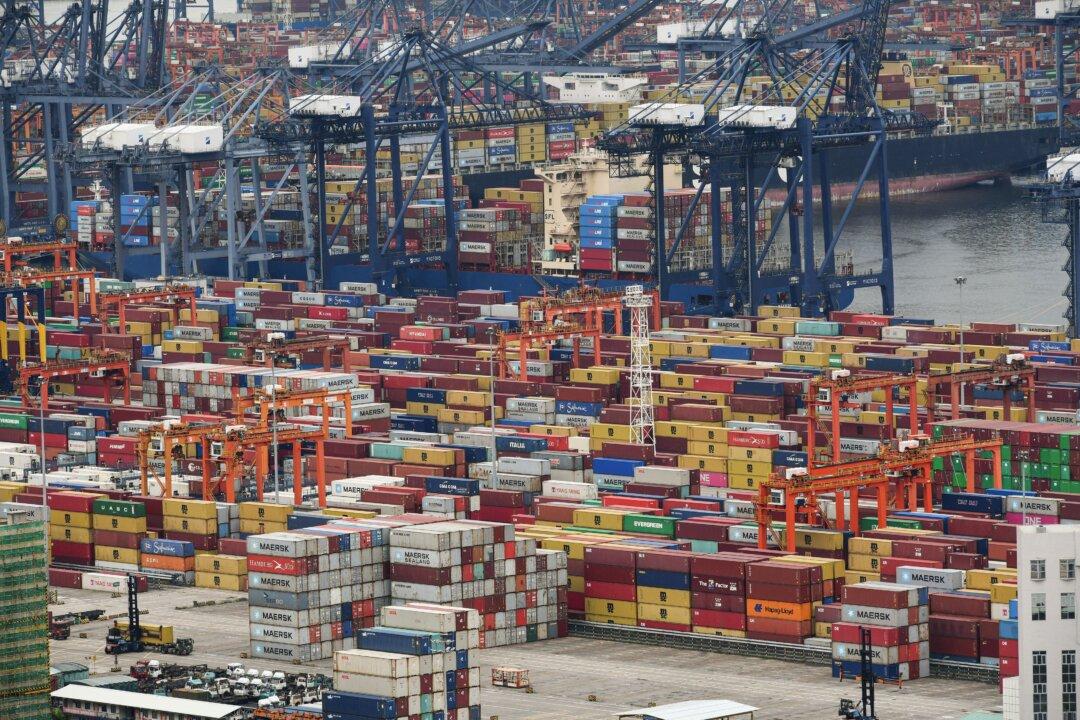News Analysis
Global supply chain issues, shortages of finished goods, and price inflation in the United States and around the world are exacerbated by disruptions in merchant shipping.

Global supply chain issues, shortages of finished goods, and price inflation in the United States and around the world are exacerbated by disruptions in merchant shipping.